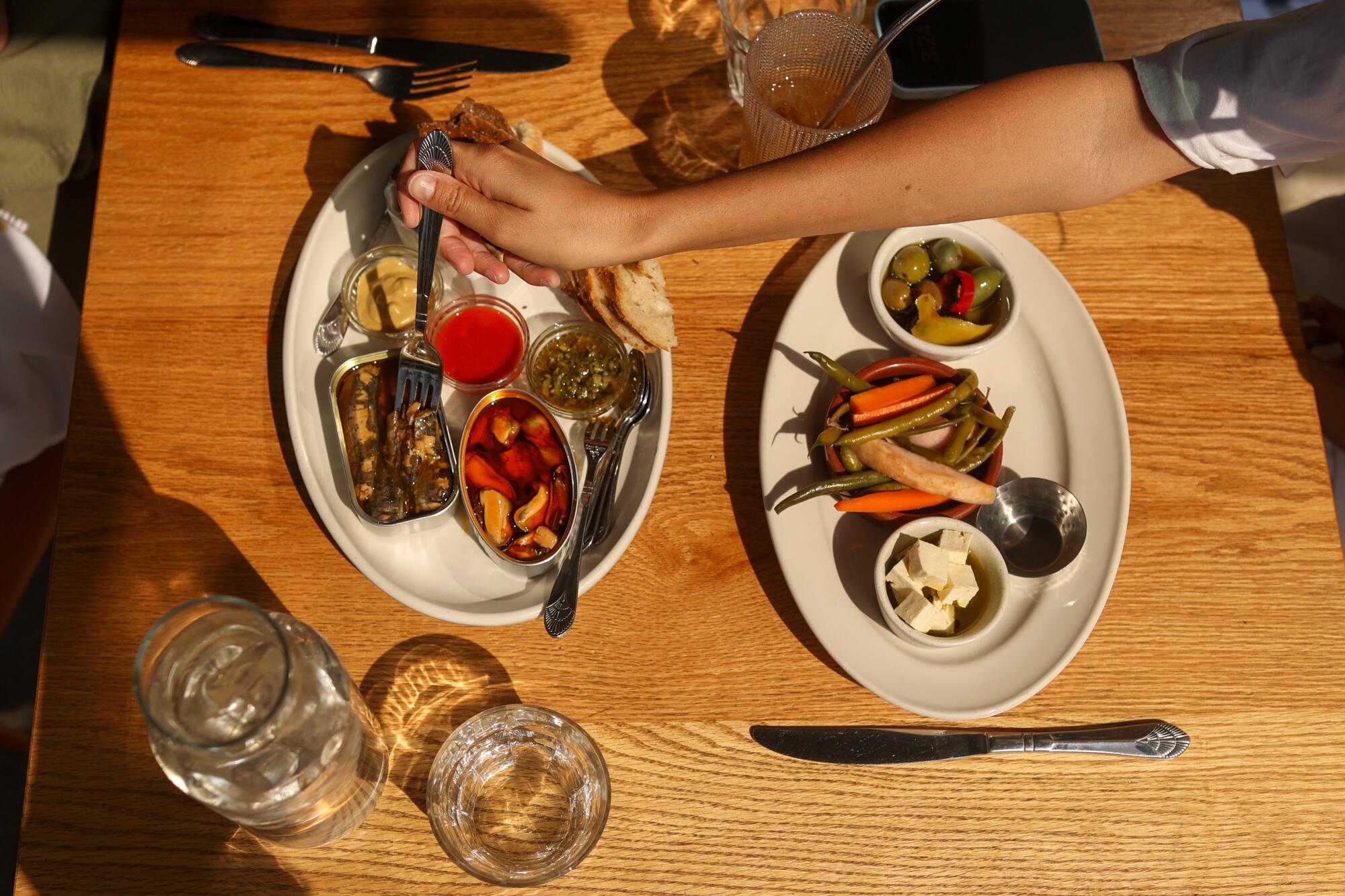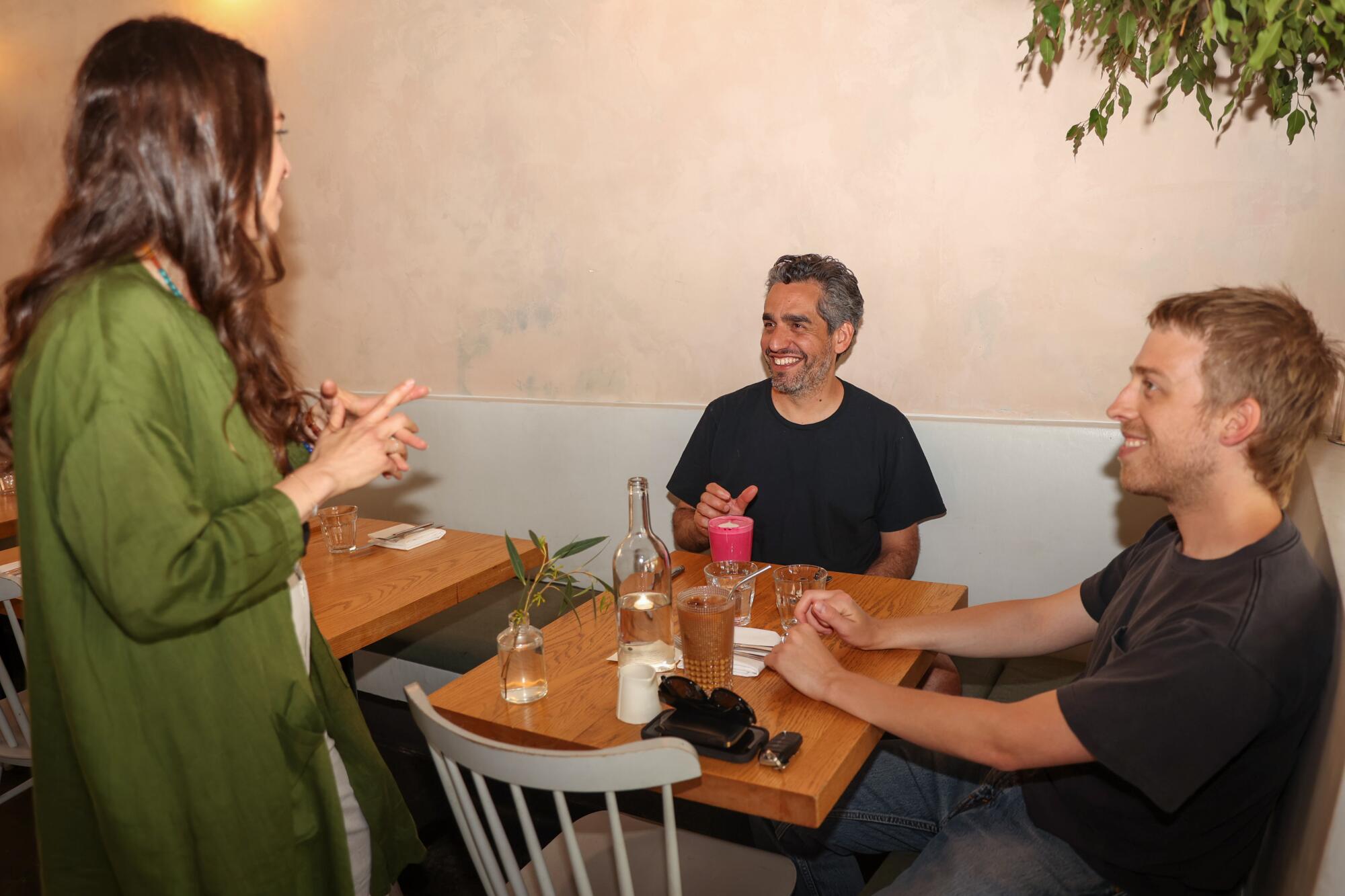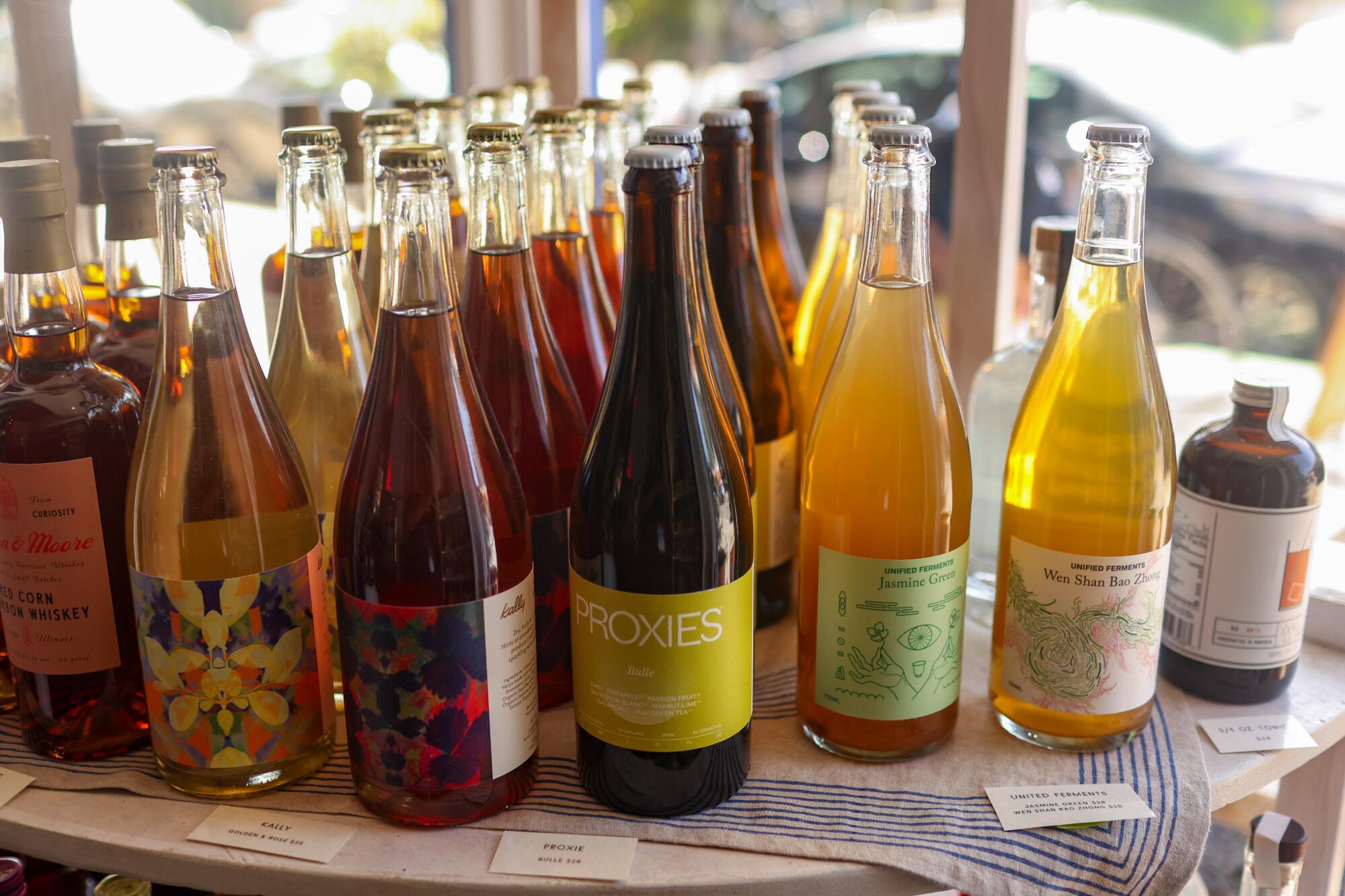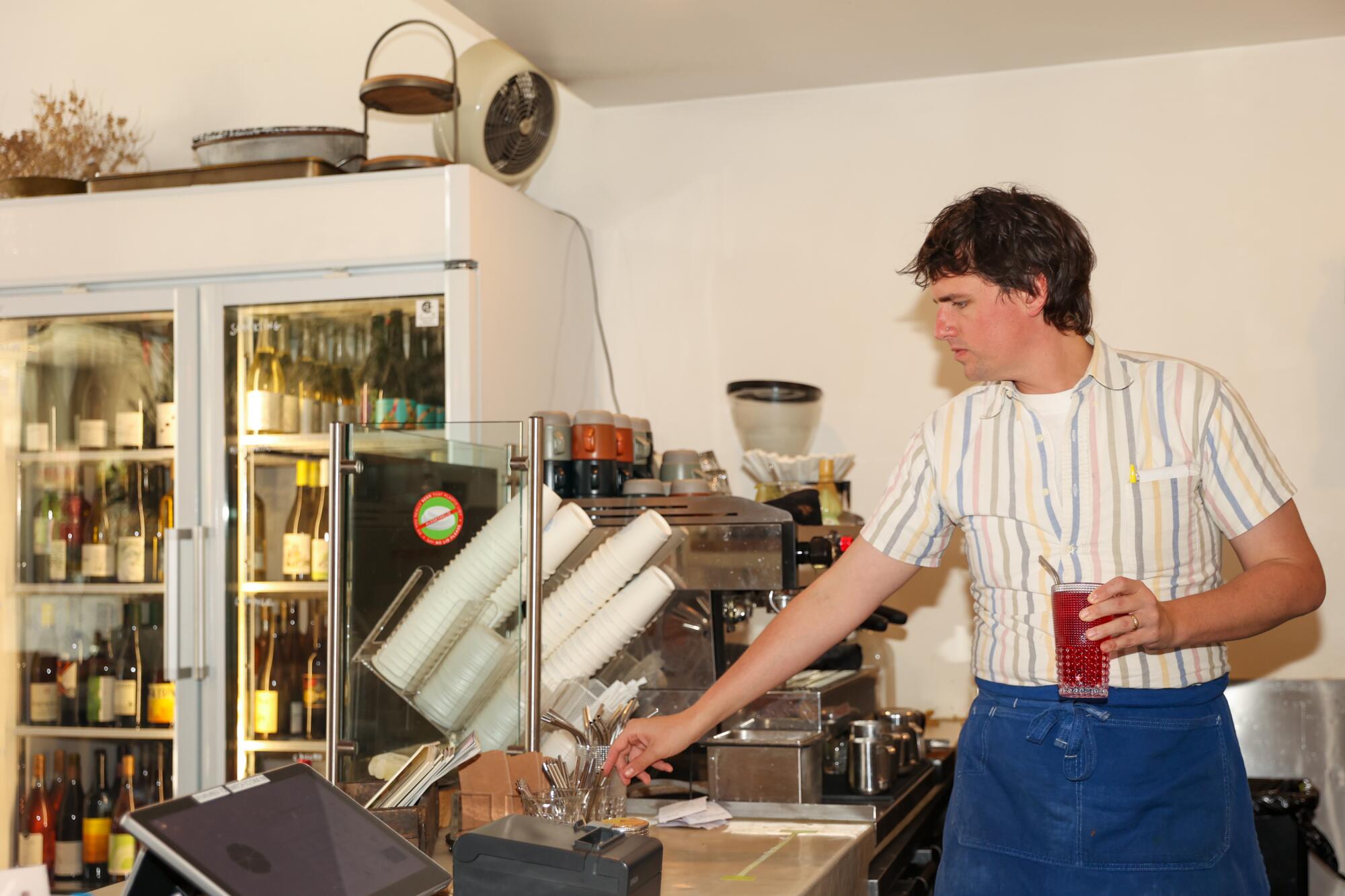
My industry has always been as difficult as it is magical. In the post-pandemic era, challenges are categorically higher.
The threat to restaurants during the pandemic was obvious; it was a given that many wouldn’t come out the other side. In 2024, restaurants are back! No, restaurants are dying! No, restaurants are (sometimes) busy! It is whiplash, day to day.
For many, including my restaurant, Botanica, solvency is more elusive than ever due to the elevated cost of doing business. Since opening Botanica nearly seven years ago, our labor costs have risen 40% for hourly workers and 25% for salaried management, the result of minimum-wage increases and market-rate pay increases. Our rent has risen 17%. Our sales, on the other hand, have grown only 2.3%.
Obviously, this creates a near-impossible status quo. In our industry, there are no mechanisms for alleviating costs other than trimming spending on goods and labor.
In other words: There is no way to balance the books without compromising the quality, vision and values that define a business like ours. There are no tax breaks on costly insurance policies or credit card processing fees. And if we were to pass the costs on to our customers, we’d be compromising the vision and values that make us what we are. It’s an absolute conundrum.
Our way of doing business is under threat. From frequent conversations with restaurateur friends (including my co-founders of Regarding Her, a nonprofit focused on female food-industry leaders), I know that what Botanica is navigating at the moment is far from unique.

Why does this matter? Neighborhood-oriented restaurants are vital to communities and economies. They are meaningful gathering spots and dependable local employers. They support numerous other businesses: cleaners, farmers, coffee roasters, winemakers, equipment technicians, etc. They’re small and personal, and thus are approachable and accountable in ways that larger businesses aren’t. They’re often run by owners and managers who care deeply about their people, their neighborhood and their impact — even more than they care about their bottom line.
I know this because Emily Fiffer (Botanica’s co-owner) and I are among these people. And, moreover, we’re friends with dozens of like-minded owners across L.A. and beyond.
Eating at a place like Botanica might feel indulgent. Dishes on the spring menu range in price from $14 for marinated bean toast $36 for Baja striped bass. But from our perspective, the purpose of our business is not just to provide a nice evening of beautifully prepared, local, sustainable produce and natural wine. Our goal is to run a business with the most positive possible impact on our community, economy and environment — a business that embodies what we call “nourishing hospitality.”
There’s an economic concept called “the multiplier effect,” which describes how the effect of spending is greater than the original money spent. While every dollar you spend ripples through the economy in some way, restaurants surely must provide among the best bang for your buck, so to speak.
Critic Bill Addison details why Botanica should be on your list for dinner reservations, plus our guides to ice cream in L.A. and ways to support victims of the Maui fires.
So one day I sat down to try to calculate exactly how this works with our model, and I landed on a startling figure.
Of every $1 spent by a customer at Botanica in 2023, $1.005 went back out the door.
Of that, 86.7 cents went toward “the good stuff” — meaning people, businesses and causes that it feels good to be supporting; 53.2 cents pays for the livelihoods of 50 staff members (including insurance, benefits and hefty payroll taxes); 26.2 cents buys products from a sensational web of farmers, purveyors and makers doing ethical, sustainability-focused work, who themselves employ countless passionate individuals; and 7.3 cents pays for a cadre of small businesses in supporting roles: our cleaning crew, florist, laundry services, a cavalcade of local equipment repair people, the family-run supplier of our recyclable and compostable to-go and market packaging, and so on.


And then 13.8 cents goes to occupancy costs (rent, utilities and trash/recycling/compost pickup); administrative costs (office supplies, our accountant, various apps and tools essential to operations, phone and internet, etc.); and the cost of credit card processing — 3.1 cents I really wish we could spend elsewhere!
The national average profit margin for independent restaurants is regularly cited to be in the zone of 3% to 5% (sometimes higher, often lower). This profit is necessary for retaining staff (raises), reinvesting in infrastructure (endless property and equipment repairs), navigating snafus (a power outage can result in thousands of dollars in losses), and repaying the investors, often friends and family, who funded the venture in the first place.
Botanica closed out 2023 with a 1.19% profit — but not from restaurant operations; those were just slightly less than break-even. Our revenue was boosted by a handful of commercial photo shoots held at the restaurant on days when we were closed.
Granted, Botanica is a more labor-heavy model than many in our cohort. We are open for breakfast, lunch and dinner; we have a robust coffee/tea/bakery program, and the front of our space is a market stocked with natural wine, house-made goods and products from local, largely women-owned businesses. These are laborious undertakings that require substantially more staff (with specialized training, no less) than a dinner-only joint. But these elements of our business, costly as they may be, are the ones that make us an especially useful, multifaceted neighborhood spot.

All this is to say that a restaurant like Botanica — like so many other independent, owner-operated neighborhood restaurants across the country — exists, first and foremost, to nourish its people. Hospitality is innately altruistic, and the neighborhood restaurant is especially, preciously, precariously so.
The industry is facing a crisis as new legislation, inflation, higher wages and pandemic fallout have chefs and owners worried for the future of mom-and-pop restaurants.
I don’t have any grand solutions to propose, though I do believe that low-margin, financially uncertain businesses like ours will need structural support to continue to exist. That 3.11% of revenue that goes to credit card processing fees ($98,725 last year, paid to our point-of-sale system, Toast) would be a transformational addition to our bottom line. And I’d vastly prefer to reinvest some of the 4.89% that went to payroll taxes ($155,000 in 2023) into our team.
In the absence of legislated solutions, it comes down to the diners. Nearly 20 years ago, right as I was starting out in the food world, Michael Pollan introduced the concept of “voting with your fork” via his seminal book “The Omnivore’s Dilemma”; it’s his way of succinctly expressing the importance and power that your daily food choices can have.


I’ve been trying to come up with a corollary that relates to the restaurant world — “dining with your values” doesn’t have the same ring to it; my suggestion box is wide open! — as a way to convey what it means to support restaurants not just for the creative/buzzy/exciting food they serve but for the broader philosophy that informs their work and exponentially impacts their small corners of the world.
Because for us to keep doing what we do, we need your support — and your understanding of the positive ripple effect that your support has. I hope this encourages you to feel good about your next brunch/dinner/coffee/cocktail outing at a thoughtful, community-minded restaurant near you.
It means more than you may know.
Heather Sperling is the co-founder and co-owner of Botanica, a restaurant and market in Silver Lake, Los Angeles.
More to Read
Eat your way across L.A.
Get our weekly Tasting Notes newsletter for reviews, news and more.
You may occasionally receive promotional content from the Los Angeles Times.














